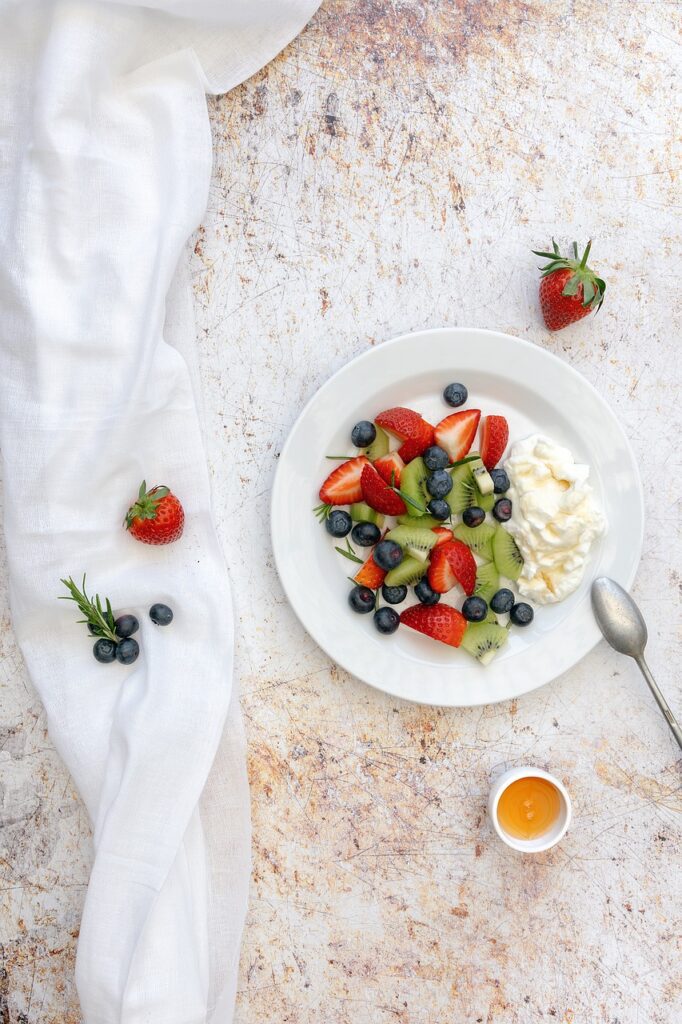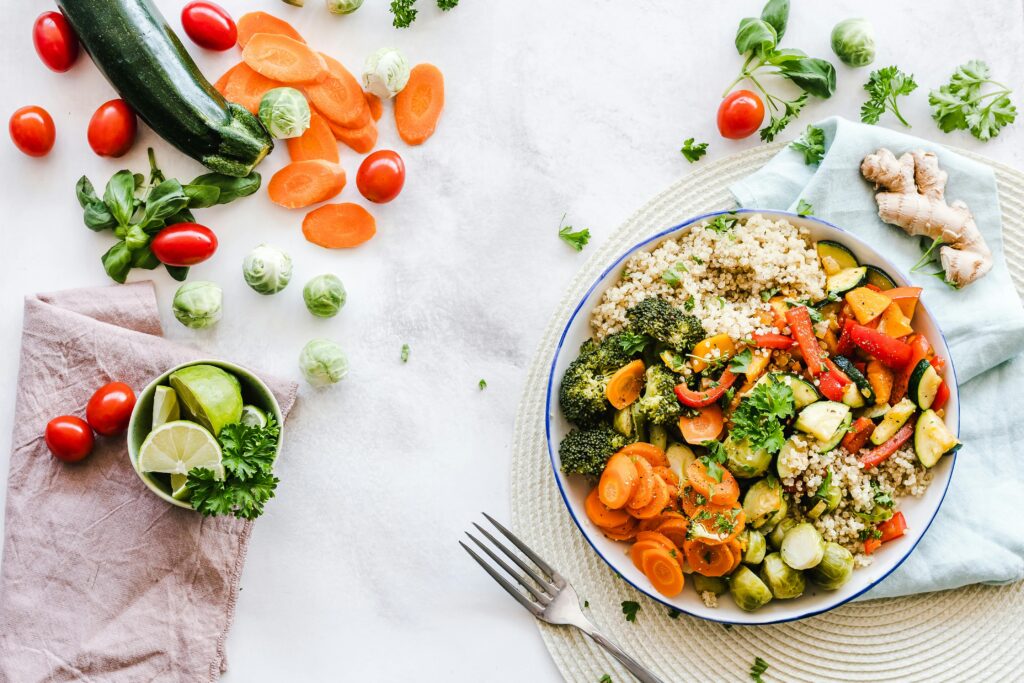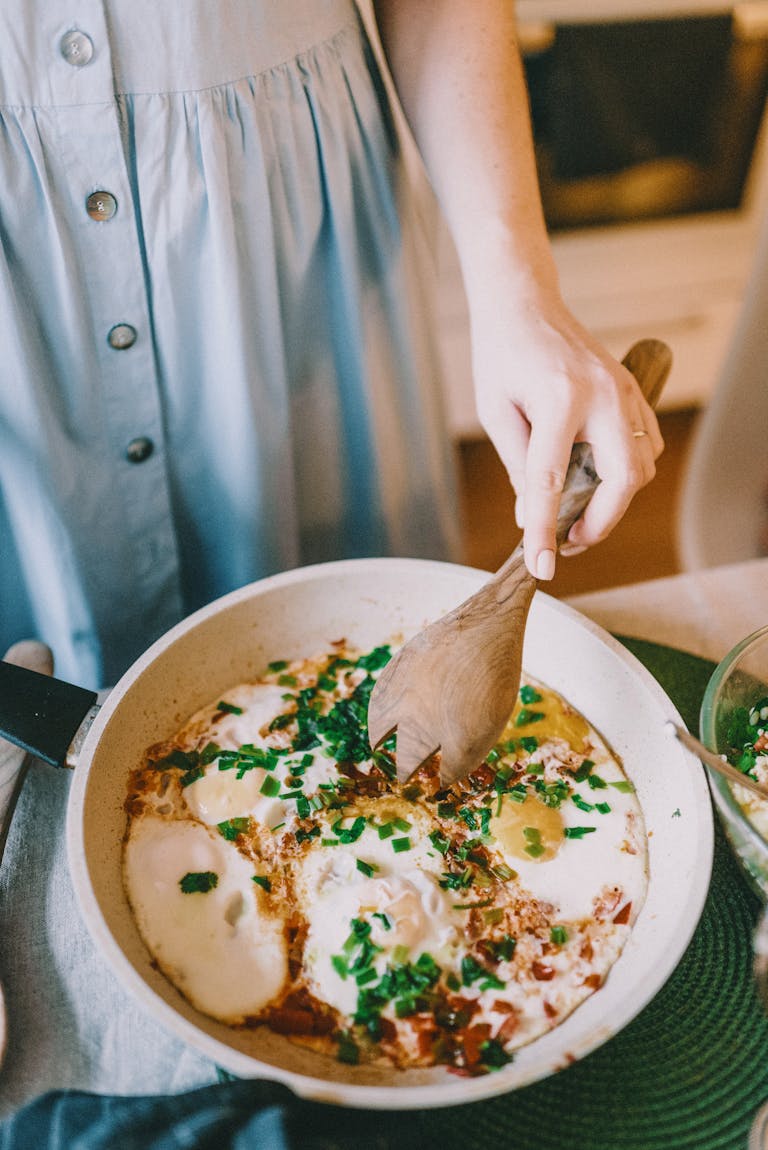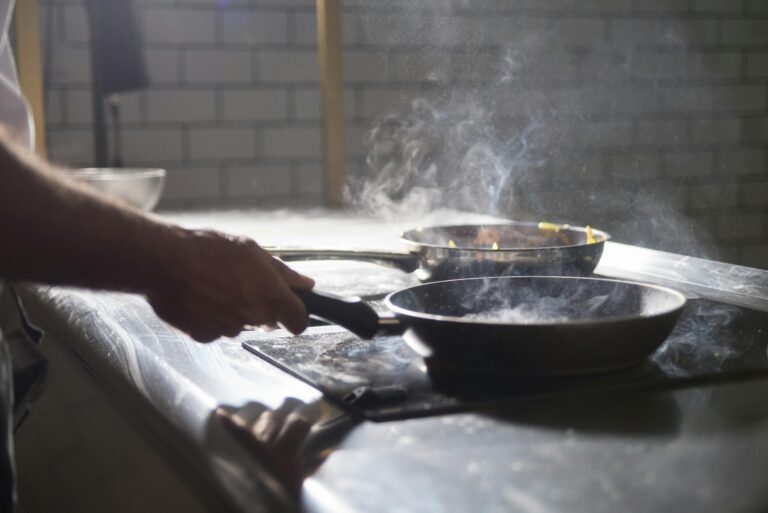The Role of Glycemic Index in Cancer Growth
When my mom was battling cancer, I found myself in the kitchen, desperately trying to make sense of all the nutrition advice out there. I kept hearing that carbs were the enemy, sugar was the devil, and keto was the holy grail. But I quickly realized that these statements were oversimplified and missing crucial context.
That’s why I’m writing this post—to help you cut through the noise and make informed choices. I’ll share what I’ve learned about the relationship between carbs, insulin, glycemic index, and cancer risk. By the end, I hope you’ll feel empowered to make the best decisions for your own cancer-conscious diet, or that of a loved one.
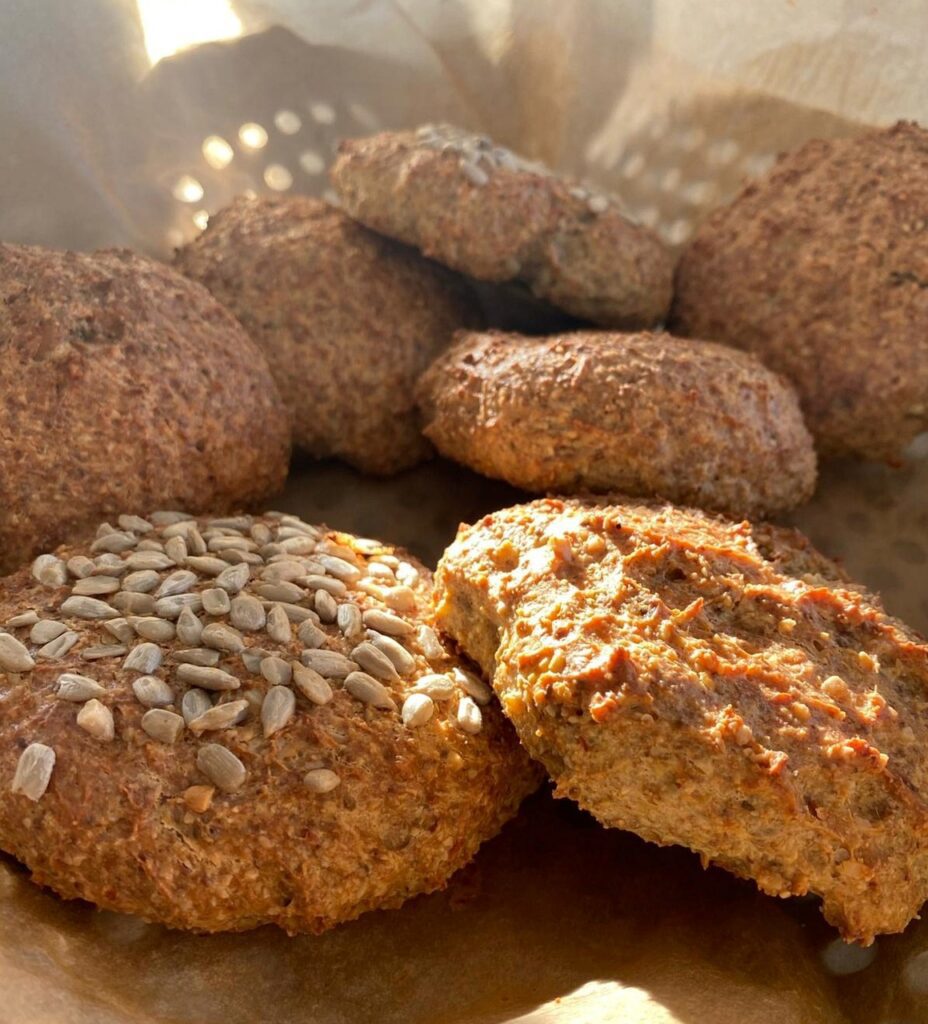
First, a refresher of what are carbs?
Carbohydrates, or carbs, are one of the three main macronutrients (alongside protein and fat) and provide energy to our bodies by being broken down into glucose, which is our body’s preferred source of fuel.
Carbs can be found in a wide variety of foods, including:
- Fruits
- Vegetables
- Grains
- Dairy products
- Beans
- Nuts and seeds
Not all carbs are created equal; some are complex and release glucose slowly, while others are simpler and cause a rapid spike in blood sugar levels.
Simple vs. Complex Carbs
When it comes to carbohydrates, there are two main categories: simple and complex. Knowing the difference between these two types is really important, especially if you’re trying to make healthy food choices.
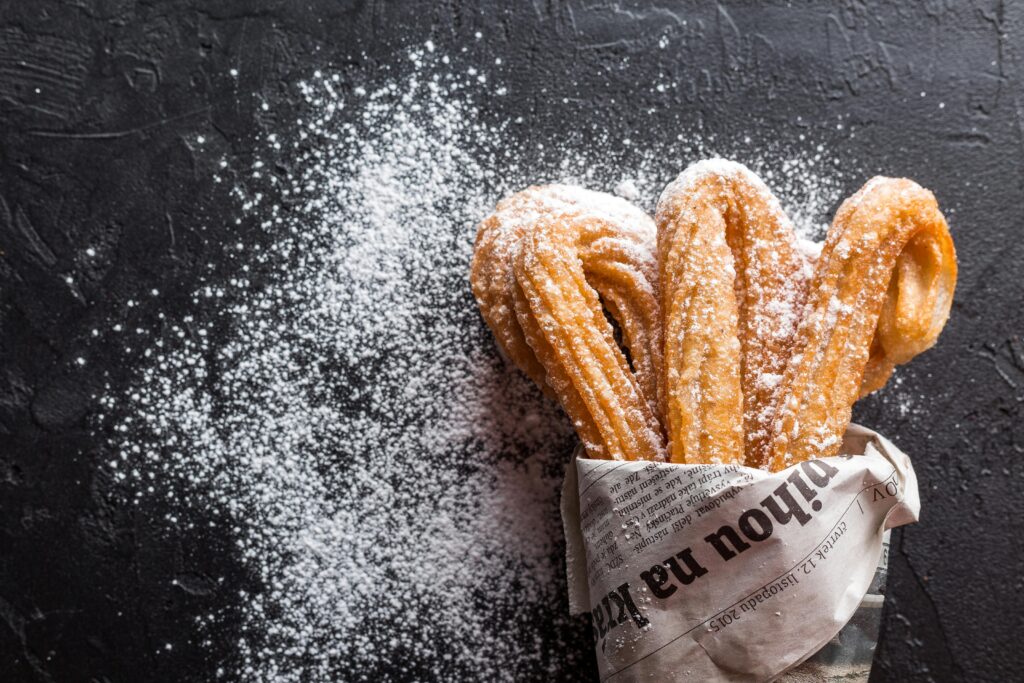
Simple Carbs:
- Simple carbs are made up of just one or two sugar molecules, and your body can digest them really quickly. This can cause your blood sugar levels to spike rapidly.
- Examples of simple carbs include refined sugars (like white sugar, brown sugar, and high-fructose corn syrup), white flour products (like white bread, pasta, and pastries), and some fruits and veggies (like watermelon, pineapple, and potatoes).
- Complex carbs, on the other hand, are made up of longer chains of sugar molecules, so they take longer for your body to break down. This means they release glucose into your bloodstream at a slower, steadier rate.
- Complex carbs are often packed with fiber, vitamins, and minerals, which makes them a more nutritious choice than simple carbs.
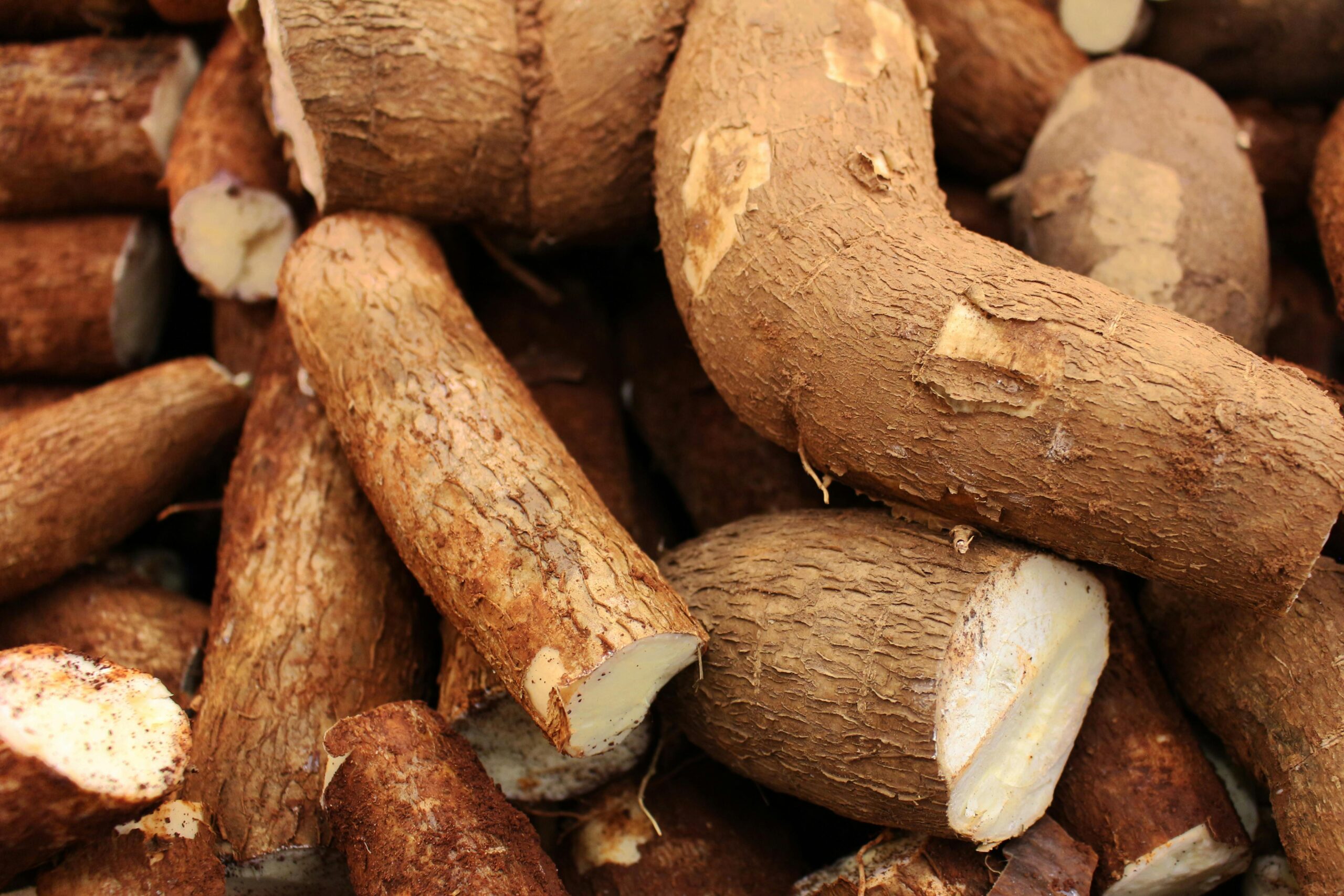
The Connection Between Carbs, Insulin, and Cancer
You may be wondering, “Why should I care about simple vs. complex carbs when it comes to cancer prevention?” The answer lies in the relationship between carbs, insulin, and cancer growth.
To understand why managing insulin levels is crucial in the fight against cancer, let’s first look at how our bodies process carbohydrates:
- When we eat carbs, they’re broken down into glucose, which our cells use as fuel.
- If we consume too many carbs, especially those with a high glycemic index, our blood sugar levels spike.
- To bring glucose levels back to normal, our bodies produce insulin, a hormone that helps glucose enter our cells.
- Unfortunately, cancer cells have more insulin receptors than normal cells, allowing them to use insulin to grab more glucose and grow faster.
By keeping our blood sugar levels stable and minimizing insulin spikes, we can make it harder for cancer cells to access the fuel they need to grow quickly. This is why being mindful of the carbs we eat is an essential part of a cancer-conscious diet.
Becoming conscious of the glycemic index of your food
Each carbohydrate is given a rating based on its impact on blood sugar levels, called the “glycemic index”. To avoid spiking blood sugar, which can cause cancer cells to grow faster, it’s crucial to familiarize yourself with the glycemic index of the foods you consume.
By paying close attention to the glycemic index, you can focus on eating foods with a lower rating and prevent rapid blood sugar spikes.
For a comprehensive list of foods and their glycemic index values, please refer to this helpful chart provided by the Diabetes Canada Website here
By using this chart, you can easily identify foods with a lower glycemic index to help you make cancer-conscious choices and maintain steady blood sugar levels.
In general, processed foods, sugary treats, and refined grains tend to have a higher glycemic index and cause rapid blood sugar spikes. On the other hand, whole grains, legumes, and most fruits and vegetables usually have a lower glycemic index and provide sustained energy release.
If you’re unsure about a specific food, don’t hesitate to check its glycemic index using the chart we’ve provided or by doing a quick online search. This way, you can ensure that you’re making informed choices to support your cancer-conscious diet.
Think: Fat, Fibre and Protein
Now before you send yourself into a tailspin obsessing over every single ingredient that spikes blood sugar levels and has a high GI, please know there are plenty of ways to keep things in check! One of the simplest ways is by adding fibre, healthy fats, or protein to your meals and recipes.
These nutrients slow down the absorption rate, keeping your blood sugar levels stable. These nutrients slow down the absorption of glucose, which means that your body gets a steady supply of energy without experiencing drastic spikes in blood sugar.
Fiber – helps slow down the digestion process, allowing glucose to be released into your bloodstream gradually. You can add fiber-rich foods like whole grains, fruits, vegetables, or supplements like psyllium husk to your meals.
Healthy fats – also play a role in slowing down glucose absorption. They help regulate blood sugar levels and keep you feeling full for longer. Some examples of healthy fats include avocado, nuts, seeds, and olive oil.
Protein – takes longer to digest than carbohydrates, so it helps keep your blood sugar levels stable over time. You can incorporate protein-rich foods like beans, lentils, tofu, or protein powders into your meals.

Instead of completely avoiding certain foods due to their high glycemic index (GI), you can still enjoy them by finding ways to reduce their glycemic load. This means combining them with other ingredients that help slow down glucose absorption and keep blood sugar levels stable.
For instance, a ripe banana on its own may cause a spike in blood sugar levels. However, if you turn that banana into a delicious banana bread using coconut oil (a healthy fat), psyllium husk (for added fibre), and protein powder, it will have a much lower impact on your blood sugar levels. This way, you can still enjoy your favourite foods while keeping your blood sugar in check.
Some other examples include:
- Pairing a high-GI fruit like mango with a handful of nuts to add healthy fats and protein.
- Adding avocado and beans to a whole-grain toast to create a balanced, satisfying meal.
- Make a smoothie with a mix of protein powder fruits, vegetables, nuts, and seeds for a nutrient-packed, low-GI option.
So don’t be afraid to experiment and find creative ways to enjoy your favourite foods while supporting a cancer-conscious diet.
Other Ways to Balance Blood Sugar Levels
In addition to consuming fiber, healthy fats, and protein before eating high-GI foods and taking a walk after meals, here are some other strategies to maintain stable blood sugar levels:
- Consume fiber, healthy fats, and protein before eating high-GI foods to reduce blood sugar spikes.
- Take a walk after meals to help lower blood sugar levels.
- Stay hydrated: Drink plenty of water to flush out excess glucose from your bloodstream.
- Manage stress: Practice stress-relief techniques like meditation or deep breathing to prevent stress-induced blood sugar spikes.
- Get enough sleep: Aim for 7-9 hours of quality sleep each night to regulate hormones that control blood sugar levels.
- Incorporate cinnamon: Add cinnamon to your diet, as it may improve insulin sensitivity and lower blood sugar levels.
- Eat small, frequent meals: Consume smaller meals throughout the day to keep blood sugar levels steady.
Other Dietary Factors to Consider: Gluten and Lectins
In addition to being mindful of carbohydrates, blood sugar levels, and the glycemic index, it’s also essential to consider the impact of gluten and lectins on your gut health and inflammation levels.
Both gluten and lectins can cause damage to your intestinal lining and contribute to inflammation, which can have negative effects on your overall health and potentially increase cancer risk.
For more detailed information on the importance the impact of lectins on cancer, please check out our blog posts: Lectins: The Hidden Ingredient Impacting Your Cancer Risk
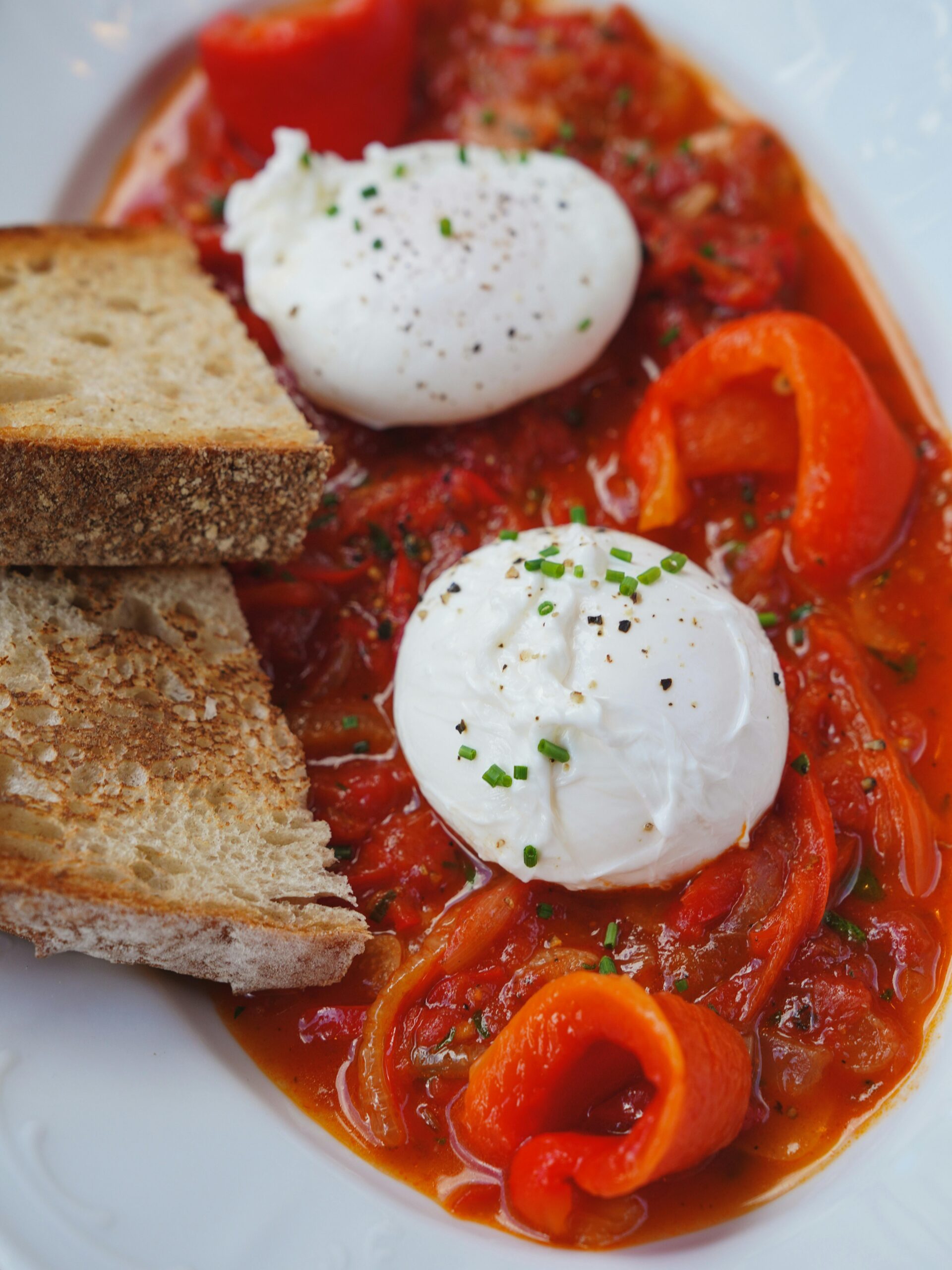
Cancer-Conscious Carb Choices
So if you’re feeling totally overwhelmed and lost about what you SHOULD focus on, I’ll give you my favourites to help you navigate the world of carbohydrates, here are some examples of grains and starches that can be beneficial in a cancer-conscious diet:
- Millet: A gluten-free grain that is rich in antioxidants and has a low GI.
- Wild Rice (pressure-cooked): A whole grain that’s high in fiber and has a lower GI than white rice.
- Sourgum (buckwheat): A gluten-free grain that is rich in protein and can help control blood sugar levels.
- Quinoa: A protein-rich, gluten-free grain that has a relatively low GI and is a good source of fibre.
- Sweet potatoes: A starchy vegetable that is rich in antioxidants and has a moderate GI.
- Oatmeal (steel-cut or rolled oats): A high-fiber, whole-grain option that can help regulate blood sugar levels.
- Black rice: A flavorful and nutritious grain that’s high in antioxidants and has a low GI.
- Legumes (lentils, beans, chickpeas): A great source of protein, fibre, and complex carbohydrates, with low GI and cancer-fighting properties.
- Root vegetables (carrots, beets, parsnips): Nutrient-dense veggies that can provide complex carbs and antioxidants while maintaining a moderate GI.
- Buckwheat: Buckwheat is not only gluten-free and protein-rich, but it also has a nutty flavour that adds depth to dishes like porridge or pancakes.
- Amaranth: A gluten-free pseudo-grain that’s high in protein and fibre, with a low GI and low lectin content.
- Brown rice pasta: Gluten-free pasta made from brown rice is low in lectins, low-GI, and a good source of complex carbs.
- Cassava (tapioca): This starchy root vegetable is naturally gluten-free and low in lectins, and can be used to make low-GI flours and products.
In closing
From my heart to yours, I understand the importance of making healthy food choices, especially when it comes to cancer prevention. That’s why I’m committed to creating delicious and nutritious recipes that you can trust. Each dish is thoughtfully designed with the best ingredients and mindful consideration of your health and well-being. So let’s continue this journey together, one bite at a time, as we nourish our bodies and souls with love and care.
